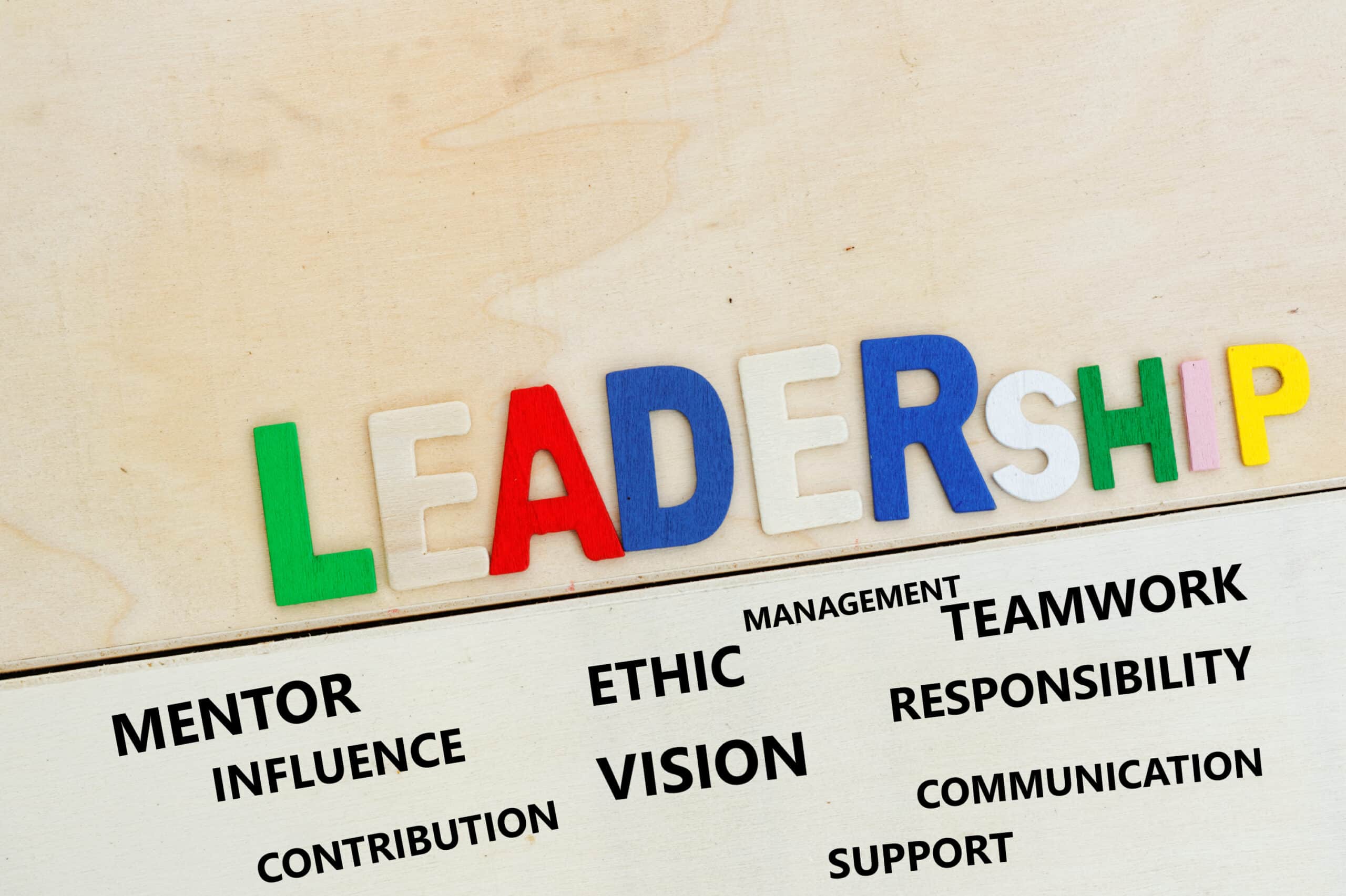admin — 03 November 2023
Leadership characteristics can be learned, developed, and improved. Leaders who embrace the growth process can maximize individual and organizational success.
Becoming an effective leader is a process. Leadership characteristics don’t emerge from a vacuum, they are the product of time, effort, and diligence. While it may seem that some people have a natural advantage, all leaders go through a growth process. The skills that make an effective leader can be learned, developed, and improved. Having a growth mindset and embracing the process are the keys to success.
This article will explore five important leadership characteristics with an eye to achieving growth.
Leaders Empower Others
The first leadership characteristic may seem paradoxical: For a leader to succeed, he or she must empower others to do their own best work. In this sense, leadership is a team sport – or at least a team-building sport. In practical terms, that means the leader emphasizes development and acts as mentor, coach, and cheerleader when needed.
The other side of that coin is knowing when to let go.
Once the leader has developed a capable team, it’s time to let the team assume greater responsibility. That means delegating tasks to others. Delegating is crucial to team development, since it promotes both technical skill and self-confidence.
Leaders also need to recognize that what they may lose in terms of direct control, they more than make up for in their ability to influence overall outcomes. Finding the best ways to empower others is key to becoming an effective leader.
Leaders Encourage Innovation
Experimentation and innovation are critical to maintaining a competitive advantage in a changing world. Leadership characteristics needed to encourage innovation include risk tolerance, flexible thinking, and embracing failure as part of the process.
Leaders can also foster a climate of innovation by creating a sense of trust and safety. When team members trust their leaders, they will be more likely to risk thinking “outside of the box,” to express new ideas, or to challenge accepted norms. Without that sense of safety, there is no reason to rock the boat – and the organization will be poorer for it.
Leaders Maintain a Strategic Vision
Another important leadership characteristic is developing – and maintaining – a strategic vision of long term goals for the team, department, or organization. Keeping those goals in mind is key to developing a “big picture” view, and not getting bogged down in minor details.
Having a “big picture” vision for the future is also a way to distinguish the parade of “urgent” demands from truly consequential decisions about the organization’s direction.
To be an effective leader means developing a vision for the future and keeping it firmly in mind. By doing so, the leader can set goals and milestones to make the vision a reality. Changes and adjustments are expected, but only when justified by facts. By focusing on long term goals, the leader is less likely to be driven off course by distractions.
Leaders Display Integrity
If there were one leadership characteristic “to rule them all,” then integrity has to be it. Surveys consistently show that integrity and high ethical standards are among the most important leadership characteristics to employees. That’s because team members need to know that their leaders will play by the rules, treat them fairly, and act responsibly. Failure in these areas means loss of productivity, increased burnout, and greater turnover.
Displaying integrity means using authority appropriately and being held accountable for one’s own actions. It means being truthful – and as transparent as possible under the circumstances. In brief, displaying integrity means acting in accordance with core values. When word and action are consistent with each other, the leader is displaying integrity.
Leaders are Resilient
A final leadership characteristic for successful organizations is resilience – the ability to carry on in the face of adversity. Every organization, every endeavor, will face reversals and failures. The measure of an organization is not the failure, but the response to failure. Becoming an effective leader means developing the capacity to accept the situation, learn the appropriate lessons, and carry on with confidence.
Resilience does not mean stubbornness or inflexibility. Instead, it requires the leader to demonstrate agility in assessing and responding to the situation. What worked in the past may not work today – new approaches and solutions may be needed.
Finally, resilience means maintaining belief in the team’s mission and channeling the team’s energies towards finding solutions, not finding blame. Reversals are inevitable. They can be valuable if handled properly, and it’s up to the leader to make the most of the opportunity.
These are a few of the leadership characteristics needed for individual and organizational success. All of them can be learned, developed, and enhanced. No leader comes to the role fully fledged, and improvement never ends. By embracing the process of growth and development, the leader can maximize both individual and organizational success.
If you would like to learn more about leadership and leadership characteristics, please contact us.
Copyright ©️ 2024 by Mike Pelfini. All rights reserved.
ForeMeta offers breakthrough leadership coaching to develop CEO self-leadership and leading teams and organizations. We offer both individualized coaching or group coaching to help leaders and their people achieve greater success. If you would like to learn more about priority setting specific to your needs, please contact us.


